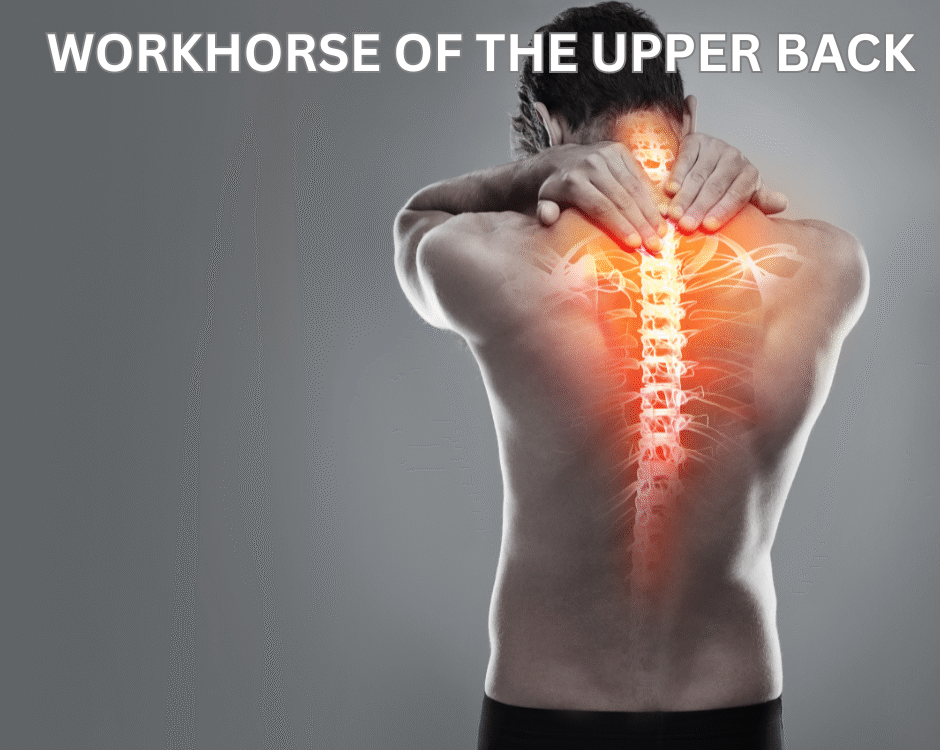What is Spondylolisthesis, Displaced Vertebra?

Does Zinc Really Work for Colds and Flu?
November 17, 2022
Screen Time for Kids..What is Healthy?
November 21, 2022Spondylolisthesis
Besides a mouthful, spondylolisthesis is a condition when a vertebra is displaced out of its proper alignment and slips forward relative to the bone beneath it. The proper pronunciation is spon-dee-low-lis-thesis and is derived from the words spondylo (meaning spine/vertebrae) and listhesis (meaning slippage/movement). This commonly occurs secondarily to a specific type of vertebral fracture called spondylolysis (spon-dee-low-lye-sis). Traumatic injuries and sports like gymnastics, football, and weightlifting can cause a stress fracture to a vertebral segment called the pars interarticularis which allows the vertebra to slip forward. However, spondylolisthesis can occur without sports participation or injury. Other possible causes include degenerative changes, spinal disc injuries, genetics, rapid growth spurts and older age.
This condition most commonly occurs in the lower spine at L4 and L5 for all age ranges. If the vertebra has slipped too far forward, there is a higher risk of spinal cord and/or spinal nerve compression. Spondylolisthesis are graded based on severity from 1-5. Grade 1 is least severe and 5 is most severe or advanced. Symptoms range in severity but frequently include lower back pain/tenderness, back or hamstring spams, tightness of back or leg muscles, and leg pain, numbness, or tingling. Patients commonly experience pain with standing, walking, or hyper extension and feel improvement with rest, sitting, or bending slightly forward.
Patients are diagnosed with spondylolisthesis based on their history and physical exam paired with x-rays or CT scans. Most mild to moderate cases of spondylolisthesis respond well to conservative or non-surgical treatment and the American Academy of Orthopedic Surgeons recommends trying non-invasive treatments first. Common treatments include rest and avoiding aggravating factors such as prolonged standing, athletics, heavy lifting, and hyper extension movements. Use of a back brace can be helpful when a patient is unable to avoid certain aggravating activities or when healing from a stress fracture. Doctors also use over-the-counter medication, such as ibuprofen, or stronger prescriptions for pain and inflammation. Sometimes a steroid injection is recommended to help relieve severe pain and numbness or tingling of the legs.
In most cases, a patient will also be referred for physical therapy aimed at strengthening, stretching, and improving overall spinal stability. It’s important to note that there is an increased emphasis placed on utilizing proper technique as performing stretches or exercises incorrectly can aggravate a patient’s condition. Swimming and aquatic fitness activities can be beneficial for a patient in the acute stages or severe pain as this decreases gravity and load placed on the spine while still offering muscular resistance. Hamstring stretches, glute stretches, and knees to chest are some common stretches for spondylolisthesis patients. Exercises like pelvic tilts, abdominal crunches, and the bird dog (also called quadruped arm and leg raises) are frequently prescribed as they engage core muscles and build endurance which increases spinal stability.
Conservative and non-invasive treatment methods are aimed at avoiding chronic pain and permanent changes such as leg weakness, numbness, or paralysis. In severe spondylolisthesis cases, patients may be non-responsive to these treatments in addition to experiencing spinal cord and/or spinal nerve damage and can require surgery. It may be time to see your doctor if you have been experiencing any of the following: lower back pain over 3-4 weeks, constant pain in the glutes or thighs over 3-4 weeks, pain numbness or tingling down 1 or both legs over 3-4 weeks, and difficulty walking or standing up straight. The sooner a diagnosis is made, and appropriate treatment plan is recommended- the better and less of a chance for any spinal fusion/decompression surgery.
—
This article was written by Dr. Deryk Harting one of the members of Chambers Medical Group’s team of car accident chiropractors who offer a variety of treatments and therapies ranging from diagnostic testing to various soft tissue therapies for car accidents and injuries in Kentucky.
If you or somebody you know has been in a car accident, be sure that you seek medical attention from a car accident doctor or car accident chiropractor to treat your injuries. Visit Chambers Medical Group to receive world-class medical treatment for your injuries.
Chambers Medical Group has car accident medical clinics in the following locations:
- Car Accident Medical Clinic in Tampa
- Car Accident Medical Clinic in Plant City
- Car Accident Medical Clinic in Brandon
- Car Accident Medical Clinic in Lakeland
- Car Accident Medical Clinic in Sarasota
- Car Accident Medical Clinic in Louisville
- Car Accident Medical Clinic in Lexington
- Car Accident Medical Clinic in Florence




